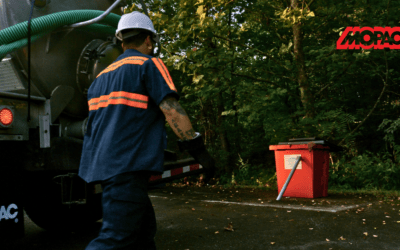Introduction: Today, customers closely monitor what they eat. They prioritize food safety. This shift makes transparency essential for food businesses. It’s not just about following rules. It’s about earning customer trust and loyalty. Let’s see how communicating your food safety practices can strengthen customer bonds. Communicating your food safety practices
Transparency isn’t just a buzzword. It’s a commitment to quality and safety. Sharing safety protocols shows you care. It boosts customer confidence and turns them into brand advocates. We’ll explore how transparency can increase satisfaction and build lasting relationships.
Key Takeaways
- Transparency builds trust. Sharing food safety practices makes customers feel secure.
- Informed customers feel safer. Knowing about safety measures boosts their confidence.
- Clear communication increases loyalty. Happy customers become brand advocates.
- Transparency simplifies compliance. It ensures you meet industry standards.
- Being open sets you apart. It gives you a competitive edge.
Why Transparency Matters
Customers expect transparency today. They want to know where their food comes from and how it’s safe. Sharing this info builds trust. It shows customers they matter. Transparency not only answers their questions but also eases their worries.
Communicating Safety Practices
Start by understanding what customers care about. Use your website, social media, signs, and packaging to share safety details. Consider making videos of your safety measures. Host Q&A sessions for direct customer interaction. Be open and easy to understand.
Using Technology
Technology boosts transparency. QR codes on menus link to safety info. Blockchain tracks food from farm to table. These tools offer quick proof of your safety efforts. They let customers check food origins and handling easily.
Training Employees
Your staff are transparency champions. Train them well on food safety and communication. Knowledgeable employees can confidently answer customer queries. This strengthens trust and satisfaction.
Conclusion
Transparency in food safety is a commitment to excellence. It’s not just a strategy. It shows you care about compliance and customer trust. In today’s world, being open about food safety is a major asset.
Mopac understands the importance of transparency. We’re more than a service provider. We’re your partner in operational excellence. Let’s build a trusted, thriving food service industry together.
FAQs
What is food safety transparency?
It means sharing how you ensure food safety. This includes ingredient sourcing, preparation, and health standards.
Why do customers value transparency?
It builds trust. Customers want to know more about their food’s safety and origins. Transparency strengthens our relationship with them.
How can businesses be more transparent?
Share safety practices on all channels. Use QR codes and blockchain for easy access to this info.
Does transparency impact loyalty?
Yes, it does. Informed customers are likely to stay loyal. They appreciate the effort to ensure food safety.
Mopac values our customer relationships. We aim for efficiency and sustainability. Let us support your transparency and safety efforts with our services and by communicating your food safety practices.





